A Professor, etched with the wisdom of years, and his Assistant shared a contemplative silence in a secluded study. The rhythmic ticking of a distant clock underscored their quiet communion, punctuated only by the rising steam from their green tea.

Assistant: I’ve been wrestling with the idea of a “situation.” In our computational models, we often try to define it precisely—as nodes in a graph, or as a series of measurable events. Yet something about it always seems to escape us.
The Professor takes a deliberate sip of tea, his movements measured and deft, despite his advanced age. A faint smile tugs at the corners of his mouth—the same smile that’s greeted countless questions throughout his illustrious career.
Professor: Ah, my young friend, let me share an observation I made this morning. I watched a mother and child at the café across the street. The child was about to touch a hot cup of coffee. At that very moment, the mother’s hand instinctively reached out—not because of any premeditated plan, but simply because of the immediate recognition of the danger. No algorithm could have fully encapsulated that fleeting moment: the mother’s intuition, the child’s curiosity, and the unique quality of the situation. A situation isn’t merely a collection of data points or a static diagram that we can neatly annotate. It is, in essence, an experience—a feeling that envelops us with immediacy. When you try to capture a situation through computation, you’re mapping the contours of a river, but never the flow of its waters.

Assistant: Isn’t the primary objective of our work to quantify and structure these flows? Just yesterday, I was engaged in the development of an algorithm aimed at predicting pedestrian behavior at crosswalks. We diligently log events, record metrics, and construct models in the pursuit of predicting behavior. However, integrating something as elusive as a feeling into such rigid structures poses a significant challenge.
Professor (softly): The crux of the matter lies in this: does your pedestrian crossing model incorporate the nuanced, nonverbal communication, such as a subtle eyebrow raise, that can significantly impact right-of-way decisions?
He stands, walking to the window where the last rays of sunlight paint the room in amber hues. A group of students crosses the street below, their movements a dance of subtle social cues and unspoken agreements.
Professor: In the realm of computation, we strive for clarity and precision. Our algorithms demand defined boundaries—a state here, a transition there. Yet human experience is far more fluid. Consider those students below. Their movements seem random to a computer, but to us, they’re a symphony of social cues and shared understanding.

The Assistant joins him at the window, his laptop forgotten on the desk.
Assistant: So, when we attempt to model a situation computationally, are we not constructing a mere shadow?
Professor (nodding slowly): Exactly so. When we render a situation into a model, we capture only its outline—a silhouette against the light of our perception. Take your crosswalk algorithm. It might predict that people will wait for the signal, but it can’t capture the way a shared glance between strangers can create an immediate understanding—an agreement to bend the rules when no cars are coming.
The Professor returns to his chair.
Professor: Computers can mimic responses to certain situations, but they can’t truly capture the warmth, texture, and sense of urgency that comes from being fully present in the moment. They can’t replicate the inner life and emotions that drive human awareness.
The Assistant picks up his cooling tea, his earlier nervous energy now settled into thoughtful consideration.
Assistant: And yet, there’s a beauty in trying, isn’t there? Perhaps the best we can hope for isn’t to model the situation so explicitly, but rather to create a model that, when rendered, produces the same emotional processes.
Professor (his eyes lighting up with approval): Indeed. Like this morning, I watched our new traffic management system handle a sudden rush of students leaving the university. It didn’t just optimize for flow—it created patterns that felt natural to the pedestrians that respected their unspoken need to walk in groups, to maintain conversations. The aim is to build a system that acts as a mirror or an echo—one that reflects the way we, as humans, judge a situation.

He pulls a worn journal from his desk drawer, opening a page filled with handwritten notes and diagrams.
Professor: But this reflection must encompass more than mere data; it must include the semiotic signs—the symbols, gestures, and expressions that convey meaning—and the subjective experience that influences our reactions. Our collective judgment of situations is not only conveyed through our words but also our reactions. When one of us perceives a change in the environment, it triggers a chain of responses—a shared understanding that transcends isolated metrics.
The Assistant nods slowly, reaching for his notebook—not his laptop—and beginning to sketch.
Assistant: So, to truly embody situational awareness in a model, we must integrate these semiotic signs and the layers of subjective meaning that bind us together. It’s about creating a resonance—a system communicating in the same language of feeling and collective experience.
Professor (warmly): Precisely. Our models shouldn’t just process data; they should evoke an inner dynamic that mirrors our own, a dynamic where a subtle sign—a look, a word, a gesture—carries the weight of experience and incites a shared response among the group.
The sun has almost set now, casting long shadows across the room. The Assistant gazes out the window, watching the interplay of light and shadow on the faces of passersby, each one carrying their understanding of the moment.
Professor (softly): Remember, my friend, the essence of art lies not in meticulous replication but in igniting that spark—the resonance of authentic emotions conveyed through meticulously crafted symbols. Our mission is to construct a model that not only reflects the data of the world but also captures its very soul, as perceived by the collective heart of our people. That, indeed, is the path to genuine comprehension. Now, let’s head to that café. Sometimes, the most effective way to grasp a situation is to simply immerse yourself in it.

